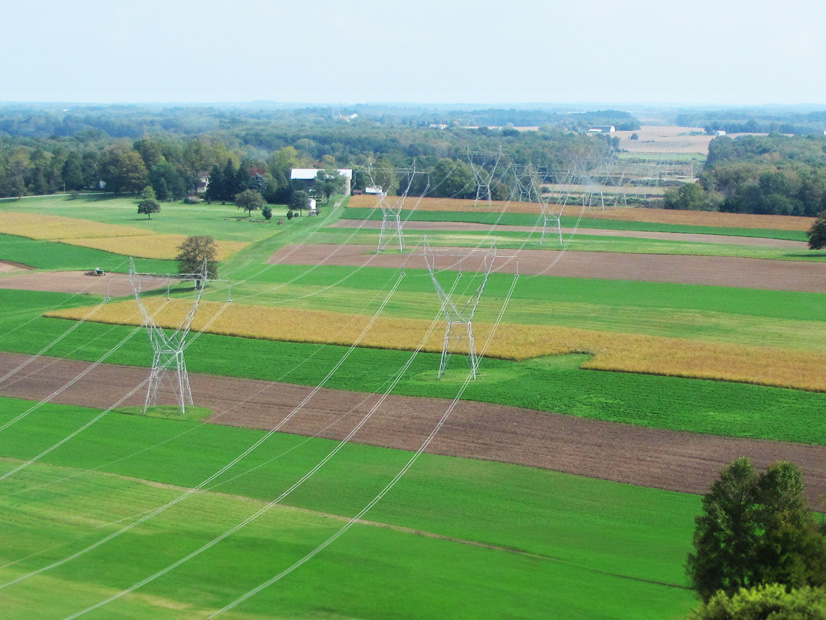NYISO on Jan. 30 requested a three-year extension to comply with FERC Order 881, claiming it needs more time to implement the software and hardware updates necessary to support the required ambient-adjusted ratings (AARs) on its transmission lines (ER22-2350).
Order 881 mandates that providers assess transmission capacity based on real-time environmental conditions, such as temperature or wind, requiring the use of AARs for short-term transmission requests and seasonal ratings for long-term requests (RM20-16). NYISO says it needs more time to comply with the order because it also must undertake a multiyear effort to upgrade its Energy Management and Business Management Systems (EMS/BMS), which are critical to monitoring reliability and managing financial operations.
NYISO was slated to implement Order 881’s enhancements by the second quarter of 2025 but now is asking for an extension of no later than Dec. 31, 2028, arguing it is infeasible to both comply with the commission’s order and deploy the nine EMS/BMS software modifications necessary to support the order’s requirements. (See “Ambient-adjusted Ratings,” NYISO Management Committee Briefs: Nov. 29, 2023.)
The ISO had been upgrading its EMS/BMS software but now contends meeting the current deadline requires a substantial reallocation of resources and personnel, which, it states, “would jeopardize the timeline and quality assurance efforts required to successfully complete a critically important technology upgrade.” It added that it cannot use these operating systems past their June 2026 vendor support date “without risking significant software failures.”
Moreover, NYISO pointed out transmission owners (TOs) cannot fulfill their own Order 881 obligations until the ISO has the requisite software and protocols in place. But it assured FERC that if granted an extension, it would maintain certain dynamic line rating functions to still give TOs the ability to modify real-time transmission line ratings.
In an attached affidavit, Rana Mukerji, senior vice president of market structures at NYISO, wrote that a compliance extension was needed because certain modifications “were not anticipated in the initial scope for this technology upgrade project and the initial project schedule.”
He cautioned that, in his experience, without an extension, “coding two sets of major modifications in parallel within the same systems significantly increases the possibility that one or both software changes result in increased implementation times and errors.”
Mukerji added, however, that if given an extension, it still would take two-and-a-half to three years to complete and implement the EMS/BMS upgrades.
NYISO asks FERC to respond by March 29, because the ISO plans to begin its 2025 project prioritization process in April and wants to know if it can proceed with the EMS/BMS project in the coming year.


